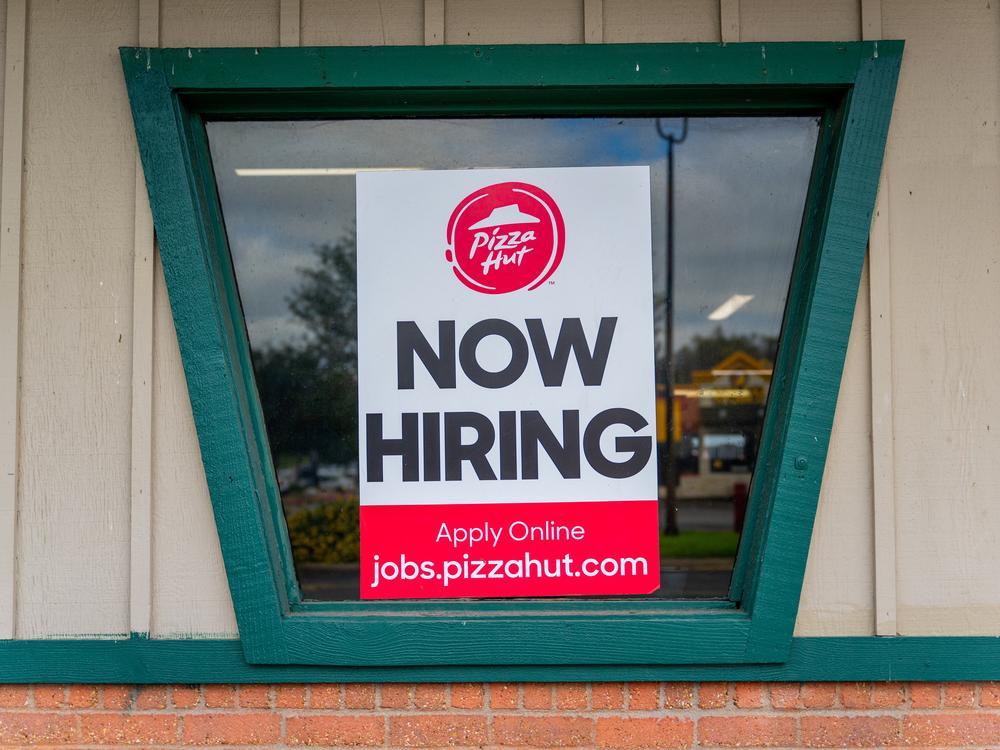Section Branding
Header Content
Hiring jumps in May but so does unemployment
Primary Content
The U.S. job market shows little sign of slowing down. If anything, it’s revving up. Businesses did a lot more hiring last month than forecasters had expected.
That’s good news for workers, but could make it more difficult for the Federal Reserve to get inflation under control.
Hiring rebounded in May, as employers added 272,000 jobs, a report from the Labor Department Friday showed. Health care, hospitality and government led the way, with each adding tens of thousands of workers to their payrolls during the month,
A separate survey used to calculate the unemployment rate paints a less rosy picture of the job market, however. Unemployment inched up to 4% last month, from 3.9% in April, even as some 250,000 people dropped out of the workforce. While still very low by historical standards, that's the highest unemployment rate since January 2022.
The jump in unemployment was concentrated among young workers, under 25, many of whom may have been leaving school last month.
"I think this is a great labor market if you already have a job. It is quite a tough market if you’re just starting out and don’t yet have experience," said Julia Pollak, chief economist for the job search website ZipRecruiter.
The mixed signals could complicate the Federal Reserve's job as it tries to curb stubborn inflation. Fed policymakers are expected to hold interest rates steady when they meet next week. Investors are still betting on a rate cut by September, although the odds of that slipped on Friday after the stronger-than-expected jobs report.
Wage gains also accelerated in May, with average wages up 4.1% from a year ago. That's likely more than enough to outpace inflation, boosting workers' real purchasing power.
“Workers have seen a full year now of real wage growth and that is propping up consumer demand and spending and sort of buoying confidence among businesses," Pollak said.
Construction companies added 22,000 jobs in May, even though the construction industry typically suffers when interest rates are elevated. Manufacturing, which is also sensitive to high borrowing costs, added 8000 jobs.
One of the few industries that lost jobs last month was temporary help services, which shed more than 14,000 jobs. That's sometimes seen as an indicator of future employment trends, since businesses will often hire or fire temporary workers before adding or cutting permanent employees.

